The move to turbocharged engines has brought the biggest performance jump in the Boxster’s 20-year history.
It’s all about the numbers with Porsche’s updated Boxster, now known as the 718 Boxster and for the first time sporting four-cylinder engines.
There’s 25kW more power, up to 100Nm more torque, and fuel economy improvements of between 10.0 and 12.7 percent for this major refresh of the 981 Boxster that arrived in 2012.
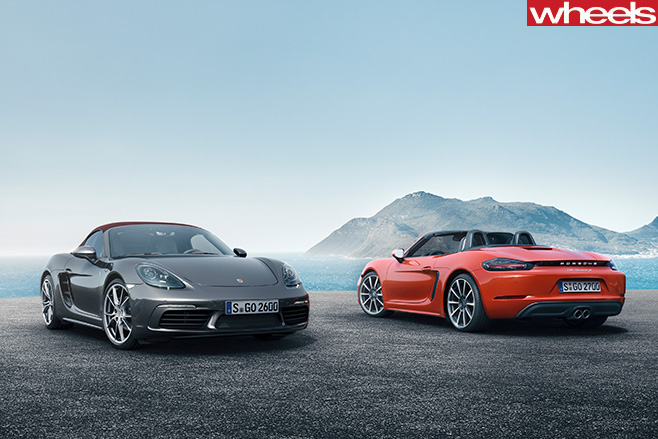
The facelifted Boxster maintains its mid-engine, rear-drive layout but eschews 911-derived six-cylinder engines for a new family of horizontally opposed four-cylinder turbos.
The new engines – a 2.0-litre for the 718 Boxster and a 2.5-litre for the 718 Boxster S – are related to the 3.0-litre six-cylinder twin turbo in the recently updated 911.
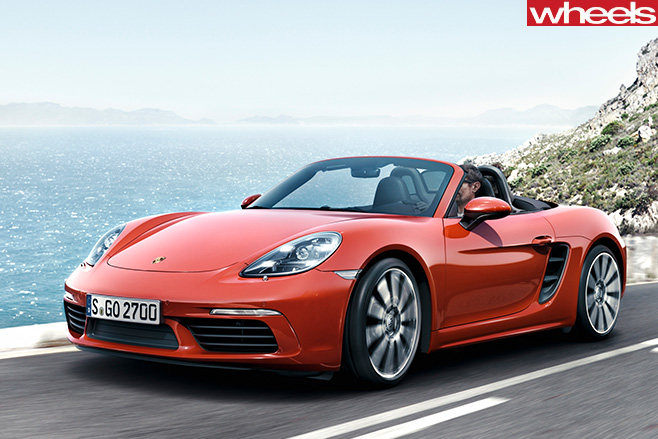
In the 718 Boxster it is a regular turbo, while in the 718 Boxster S it uses the same variable geometry turbine technology employed in the flagship 911 Turbo (such VTG turbos are common in diesel engines but they’re only used by Porsche and the upcoming Mazda CX-9 in petrol applications).
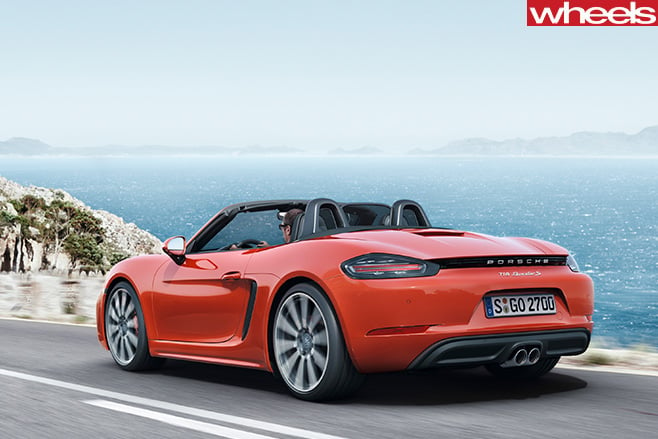
The Boxster S steps that up to 257kW and 420Nm for a 0-100km/h as low as 4.2 seconds, bringing it tantalising close to the hero of the Porsche lineup, the 911.
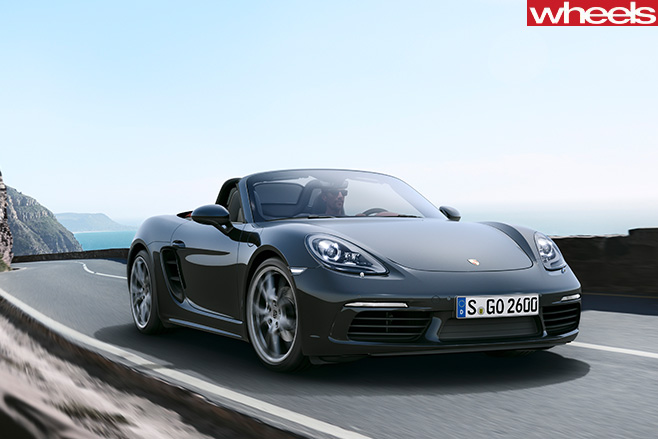
A six-speed manual is standard, while the seven-speed dual clutch auto costs extra, bringing a Sport Response button as part of the optional Sport Chrono pack. Sport Response pre-charges the turbo and gearbox for more instant response, such as when overtaking.
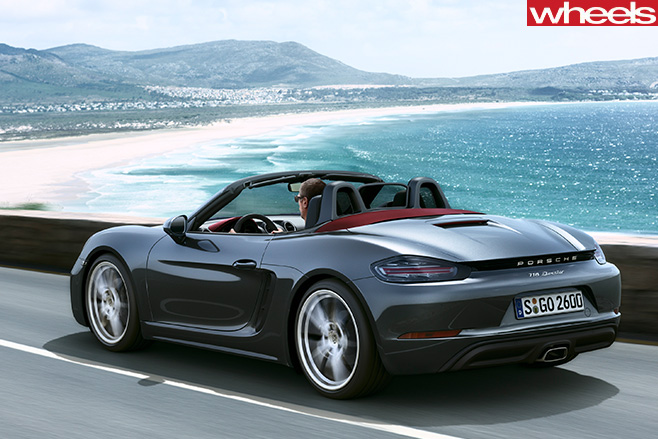
Inside the dash has been restyled and there is a new colour touchscreen with Apple CarPlay (but no Android Auto).
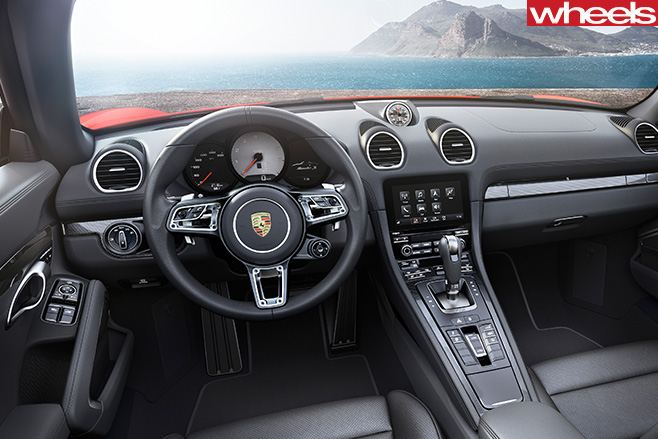
Porsche charges $4990 for the PDK auto transmission, however with the base Boxster it only costs customers $1333 extra because of the controversial luxury car tax rules; because the base Boxster auto slips in under the arbitrary 7.0L/100km fuel use figure its LCT threshold applies from $75,375, whereas the manual has the 33 percent tax applied from $63,184.
The new 718 Boxster arrives in Australia mid-2016.





